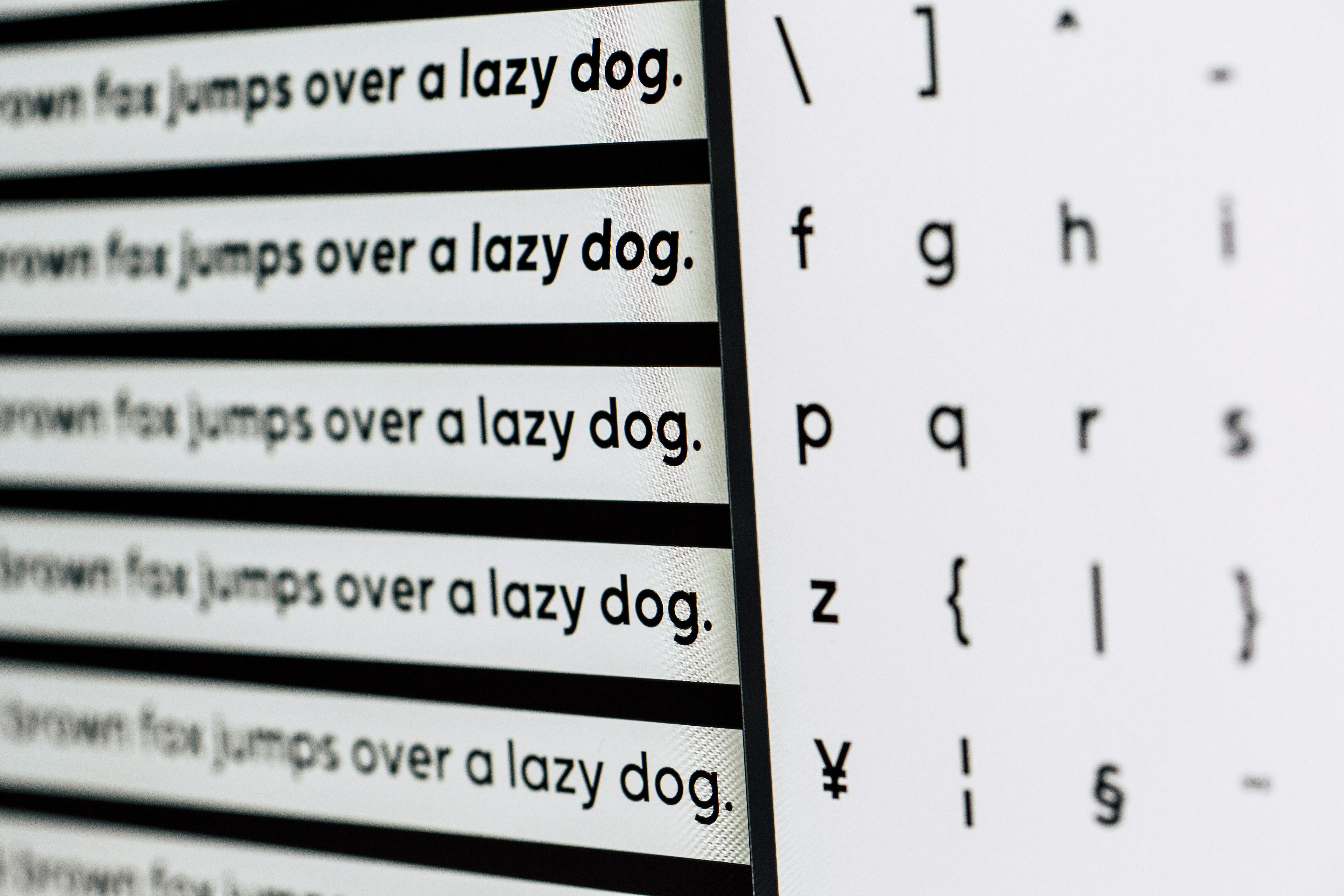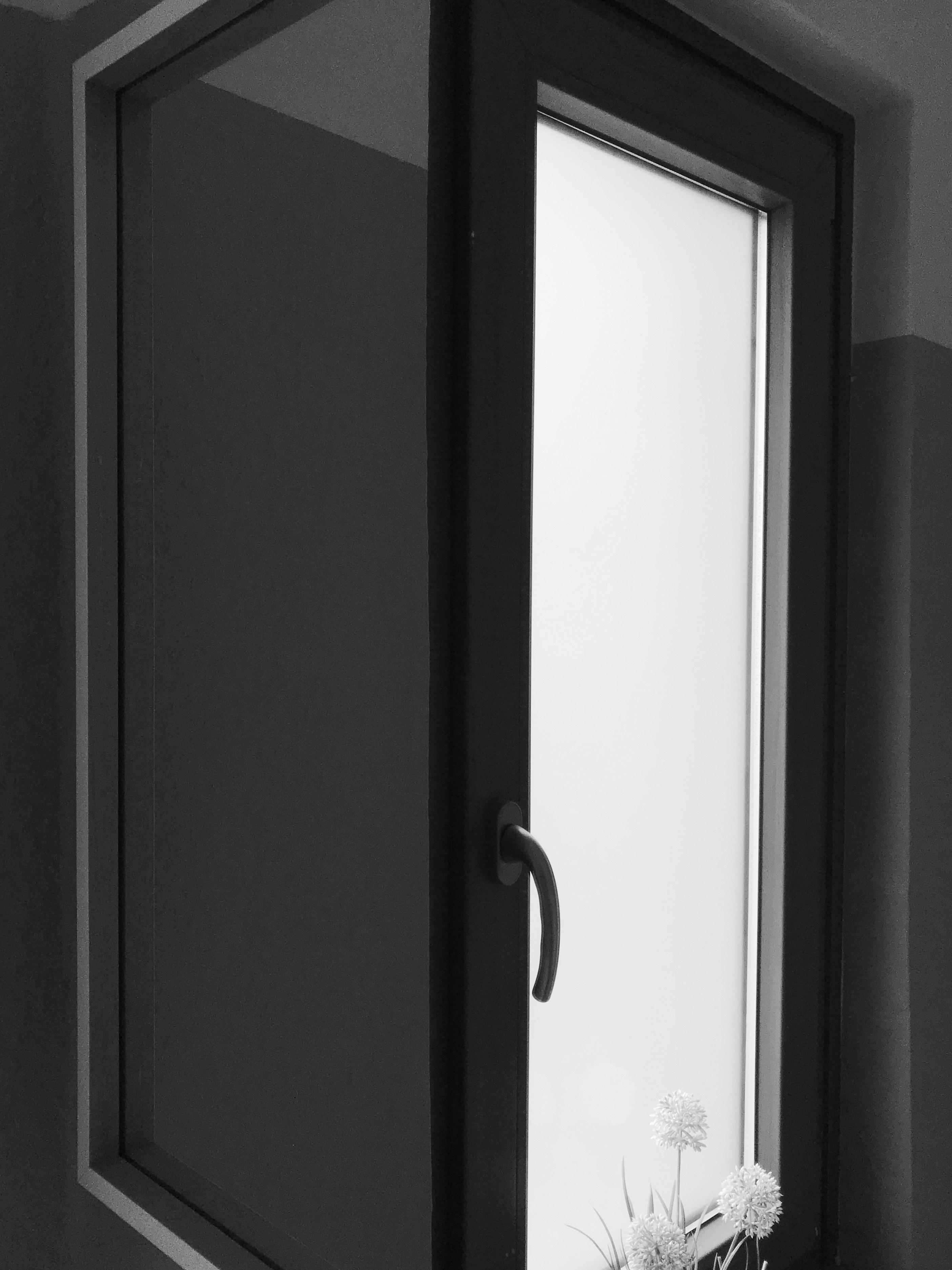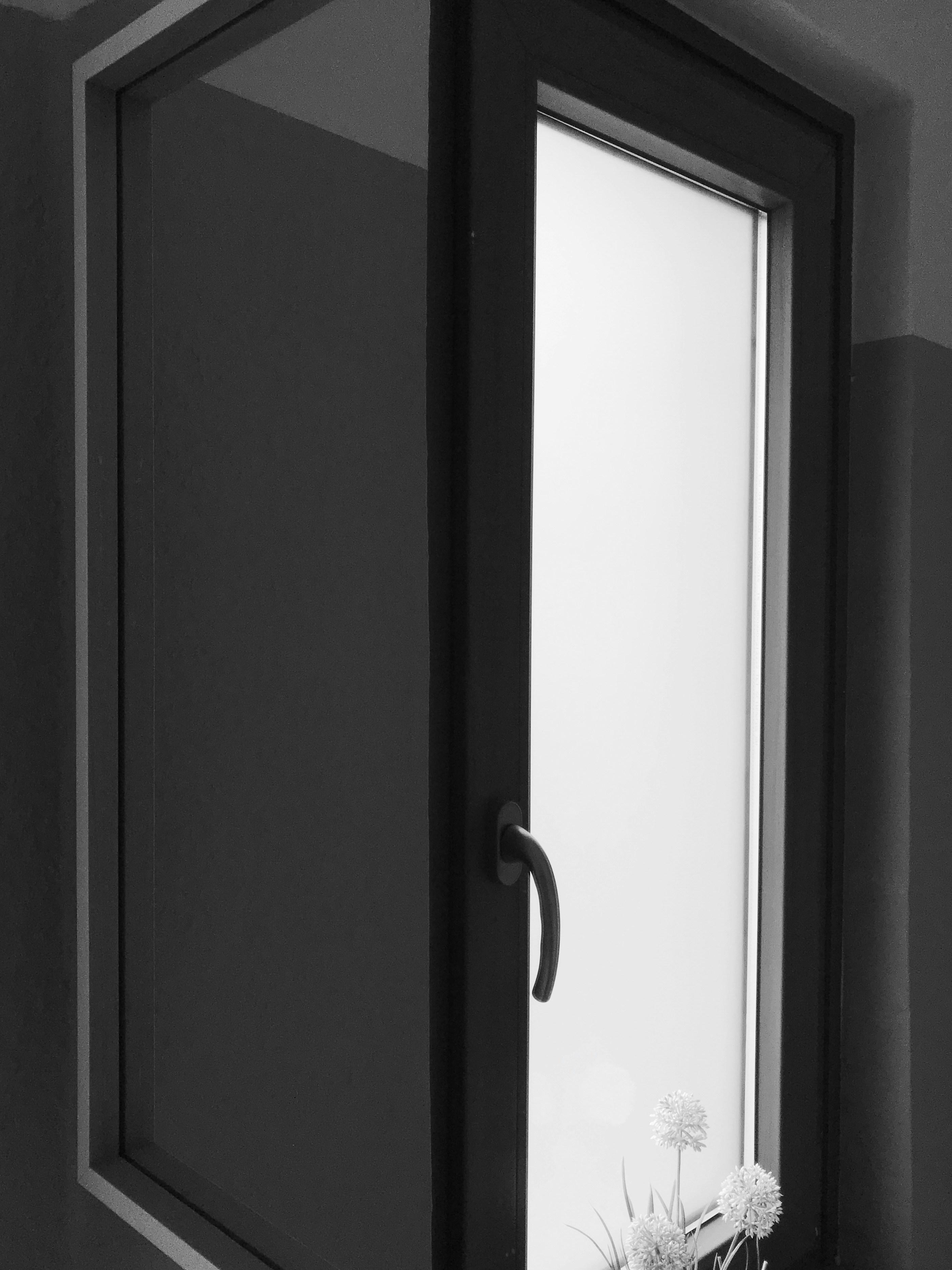In a world where the hustle and bustle of daily life often leaves us feeling disconnected and drained, the ancient practice of reflexology offers a beacon of holistic healing and equilibrium. Imagine a map of your entire body etched into the soles of your feet and the palms of your hands, each point a gateway to rejuvenation and balance. This is the essence of reflexology—a therapeutic art that channels the body’s innate ability to heal itself through precise, gentle pressure. In this article, we will embark on a journey through the labyrinth of reflex points, exploring how this timeless technique can restore harmony and vitality to your entire being. Whether you are a seasoned wellness enthusiast or a curious newcomer, prepare to unlock the secrets of full-body healing and discover the profound benefits of reflexology. Reflexology: A Gateway to Holistic Wellness”>
Reflexology: A Gateway to Holistic Wellness”>
Understanding Reflexology: A Gateway to Holistic Wellness
Reflexology, an ancient practice rooted in Traditional Chinese Medicine, offers a unique approach to achieving full-body healing and balance. By applying pressure to specific points on the feet, hands, and ears, practitioners can stimulate corresponding organs and systems within the body. This non-invasive therapy aims to promote natural healing and overall wellness.
Key benefits of incorporating reflexology into your wellness routine include:
- Stress Reduction: Targeting reflex points can alleviate tension and induce relaxation.
- Improved Circulation: Stimulating reflex areas can enhance blood flow and nutrient delivery.
- Detoxification: Reflexology supports the body’s natural detox processes.
- Enhanced Sleep Quality: Regular sessions can help regulate sleep patterns and combat insomnia.
- Pain Relief: Effective in managing chronic pain and reducing discomfort from conditions like arthritis.
By integrating reflexology into your self-care regimen, you can harness the power of this holistic therapy to foster physical, emotional, and mental well-being.
Mapping the Reflex Zones: Your Bodys Blueprint to Healing
Reflex zones are specific areas on the hands, feet, and ears that correspond to different parts of the body. By stimulating these zones through reflexology, you can tap into the body’s natural healing processes. Think of these zones as a blueprint for your overall well-being. When a reflexologist applies pressure to a particular point on your foot, for example, they are indirectly influencing a related organ or system in your body. This method can help alleviate stress, improve circulation, and restore balance.
Here are some key reflex zones and their associated benefits:
- Feet: Zones on the feet relate to various organs such as the heart, liver, and kidneys. Massaging these areas can improve organ function and detoxify the body.
- Hands: Reflex points on the hands are often used for quick relief from pain and stress. These zones can be stimulated even when you’re on the go.
- Ears: Reflexology on the ears is less common but equally effective. Points here can help with issues ranging from headaches to digestive problems.

Techniques and Practices: Mastering the Art of Reflexology
Mastering reflexology involves a blend of precise techniques and mindful practices that promote full-body healing and balance. Pressure application is fundamental; using thumbs, fingers, and hands to apply firm yet gentle pressure on specific reflex points can stimulate corresponding organs and systems. It’s essential to map out the reflex zones on the feet, hands, and ears to understand which areas correspond to different parts of the body. For example, the ball of the foot relates to the chest and lung area, while the heel connects to the lower back and intestines.
Incorporate these practices into your routine for optimal results:
- Deep Breathing: Enhance the effectiveness of reflexology by practicing deep breathing techniques, which help in relaxing the body and mind.
- Warm-Up Exercises: Prepare the reflex zones with light massage or gentle stretching to increase blood flow and flexibility.
- Hydration: Encourage clients to stay well-hydrated before and after sessions to aid in toxin removal.
- Regular Sessions: Consistency is key. Regular reflexology sessions can help maintain balance and improve overall health.

Incorporating Reflexology into Daily Life: Tips for Consistent Balance
Integrating reflexology into your everyday routine can seamlessly enhance your overall well-being. Begin by dedicating a few minutes each morning to stimulate specific reflex points on your hands or feet. This can be as simple as applying gentle pressure with your thumb to the base of your big toe to invigorate your head and brain or massaging the arch of your foot to target the stomach and pancreas. Consistency is key, so aim to make these practices a habitual part of your daily rituals.
- Morning Routine: Spend 5-10 minutes massaging your feet before getting out of bed.
- During Breaks: Use short work breaks to press and release key reflex points on your hands.
- Evening Wind Down: A relaxing foot bath followed by a reflexology session can help promote restful sleep.
By incorporating these small but significant steps, you can maintain a balanced and harmonious state, benefiting both your physical and mental health.





